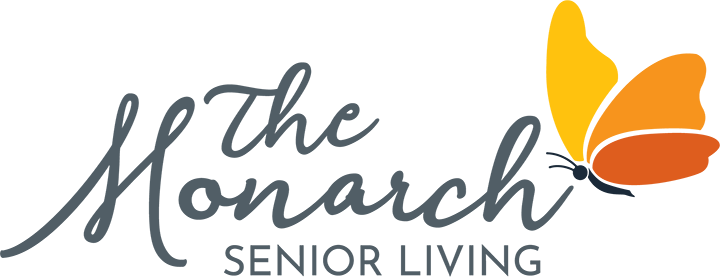As individuals age or face health challenges, the need for additional care and support may arise, leading to the consideration of assisted living communities. Paying for assisted living, though, can be a daunting expectation for many families.
While transitioning into a community setting could be more cost-effective than aging in place at home, many factors go into determining how much you will pay. The costs associated with assisted living communities can vary widely depending on location, level of care, amenities, and services offered. Finding ways to cover these expenses requires careful planning and exploring various financial options.
Our team at The Monarch Senior Living is sharing some of the ways to pay for assisted living to help ease your or your family member’s transition.
Personal Savings and Investments

Utilizing personal savings, retirement accounts, or investments is many people’s first option and one of the best ways to pay for assisted living. This option requires careful planning by setting aside funds specifically for long-term care. If you or your family member has done this, these funds can go a long way in covering the costs associated with assisted living.
Long-Term Care Insurance
Long-term care insurance is designed to cover services that are not typically covered by health insurance, such as assistance with daily activities and the support offered in assisted living communities. Policies vary, so it is essential to review your or your family member’s coverage details and ensure they meet the required level of care.
Veterans Benefits

For veterans and their spouses, programs like the Aid and Attendance benefit are provided by the Department of Veterans Affairs. Eligible veterans may receive financial assistance to help cover the costs of assisted living.
To be eligible for the Aid and Attendance benefit, you or your family member must already be receiving a VA pension and meet at least one of these additional requirements:
- You or your family member needs support from another person to help perform activities of daily living, like bathing and dressing.
- You or your family member stays in bed or spends a large portion of the day in bed because of an illness.
- You or your family member lives in an assisted living community due to the loss of mental or physical abilities related to a disability.
- Your or your family member’s eyesight is severely limited.
Sell or Rent Property
Selling or renting out property, such as a house or other real estate assets, can generate funds to cover assisted living expenses. If you or your family member chooses to sell their home, you can pull from a large lump sum each month to pay for assisted living support.
However, if your family member is not ready to part with their long-time home completely, renting is also a viable option. Receiving income from renting out the home is a great way to pay for assisted living as it provides stable checks every month.
Annuities or Reverse Mortgages
Annuities or reverse mortgages can provide a steady income stream by leveraging the value of a home. However, these options come with complexities and potential risks, so it is essential to seek professional financial advice before committing to such arrangements.
For example, one of the stipulations of reverse mortgages is that the “borrower” must not reside elsewhere, such as in an assisted living community, for more than 12 consecutive months. “At the 12-month point, the reverse mortgage would have to be repaid, most likely by selling the home (Investopedia).”
This means that a reverse mortgage may help in the short term, but it is not the best option for paying for assisted living long term.
Combining Multiple Funding Sources
Often, a combination of these funding sources may be necessary to cover the total cost of assisted living. For instance, you may have some money saved up but not enough to cover the total costs. Using your savings in combination with long-term care insurance could be your solution. Working with financial advisors or eldercare specialists can help you and your family navigate and optimize these options.
It is crucial to start planning for assisted living expenses early, considering various financial strategies, and discussing options with family members and financial advisors. Each individual’s situation is unique, so finding the right combination of funding sources that align with personal preferences, financial resources, and care needs is essential.
Our team at The Monarch Senior Living is always available to help and answer any questions you may have. To learn more about what we have to offer, visit our website or contact a member of our team.



